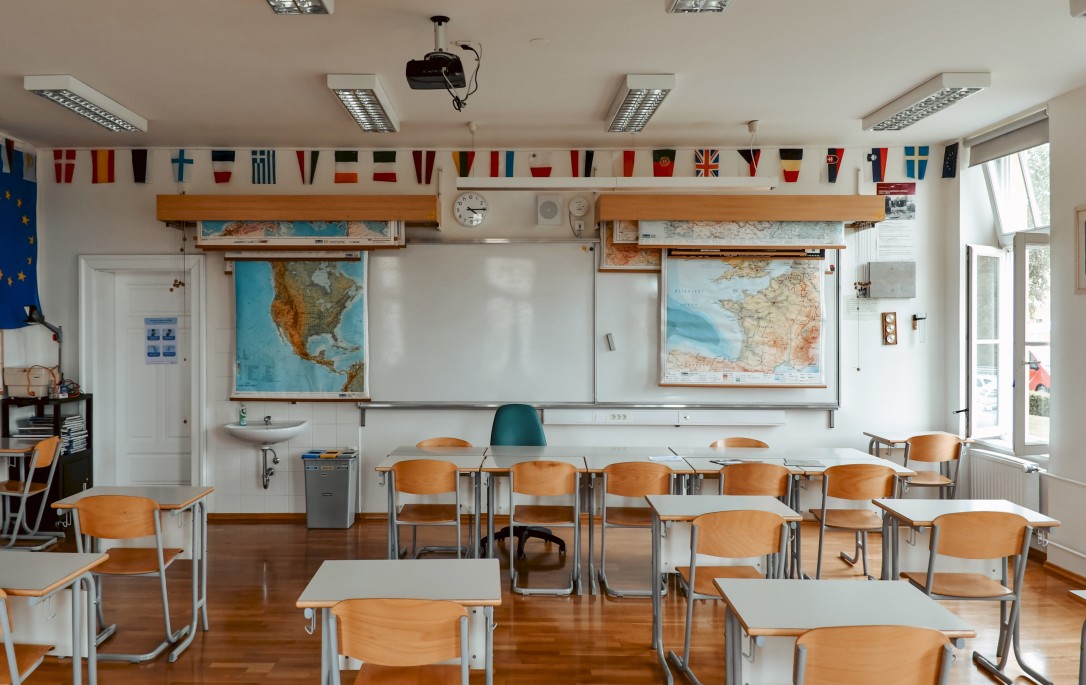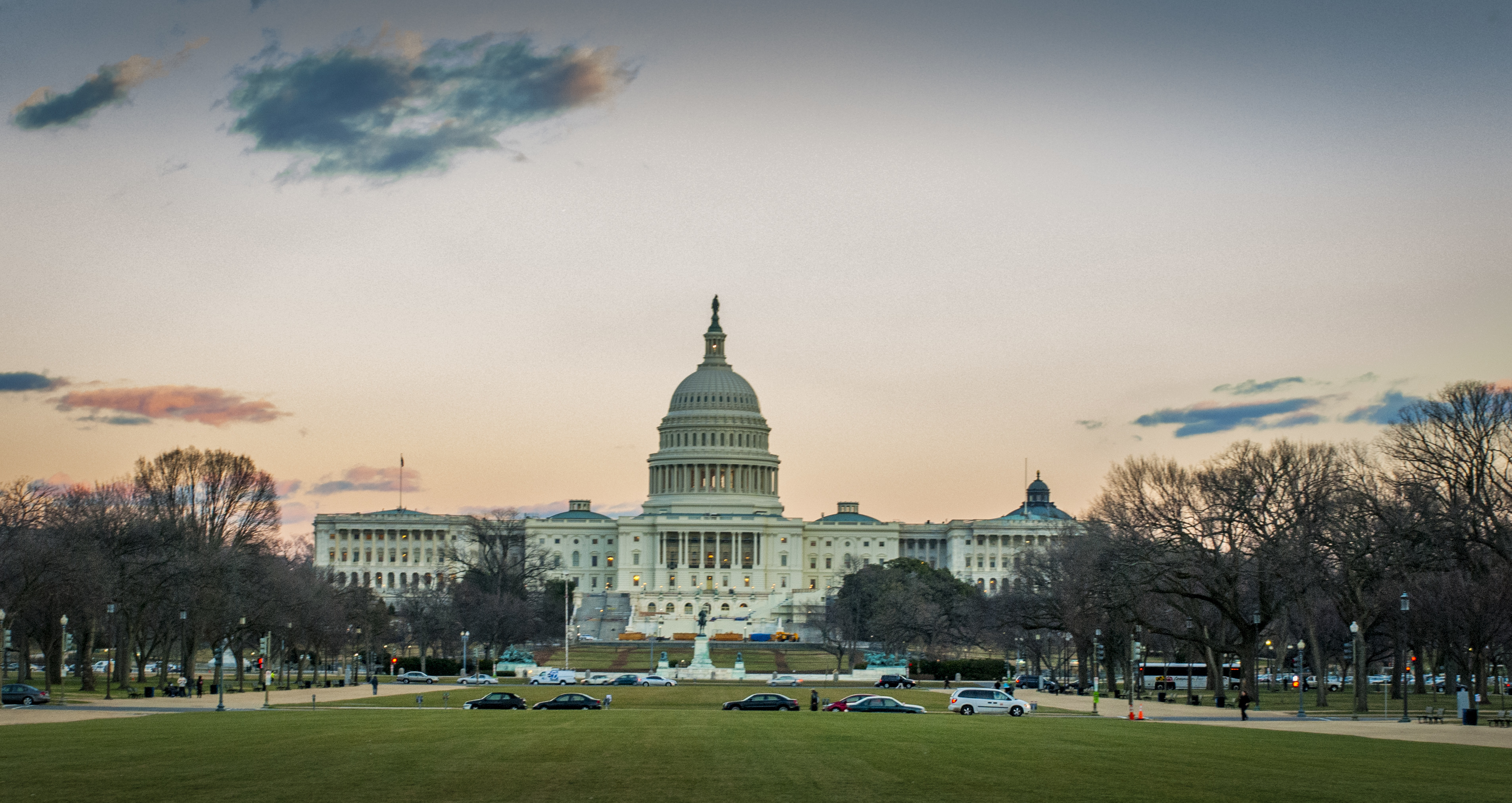On May 12, news outlets reported that America had crossed the once-unimaginable threshold of one million deaths related to COVID. Atop mere deaths, many remaining populations are struggling with long-term health problems relating to the coronavirus. Unemployment also spiked during the pandemic, disproportionately affecting low-income households and likely initiating further cycles of poverty for many American families. Facing this storm of negative consequences for the future of humanity, the current moment does not seem like one in which religious faith could remain steady, let alone grow. In most major countries, including in Europe and Asia, religious adherence has plummeted, and the pandemic has only continued these trends. One country, however, stands out as a surprising anomaly: the United States.
Even as the pandemic continues to wreak havoc, more and more Americans are expressing belief that the pandemic has profoundly helped their personal faith. A January 2021 poll found that Americans were by far the most likely to indicate increased faith as a result of the COVID-19 pandemic. While only 10% of respondents in the UK and South Korea had such a hopeful outlook, a whopping 28% of Americans believed not only that their own personal religious faith was strengthened by the outbreak, but that a similar increase had occurred in their country more generally.
This trend is particularly intriguing when viewed through the lens of increasing global secularization. Many countries across the globe, including the Netherlands, Australia, and South Korea, reported 25 percent or fewer residents believed religion to be ‘very important,’ even dropping to single digits in countries such as Sweden and Japan (both 9 percent). Against this highly secular backdrop, the largely global irreligious response to COVID comes as no surprise—faith cannot increase if most aren’t people of faith to begin with.
While America has secularized, with major faith groups losing numbers and religious “nones” on the rise, its religious population is nowhere near the breakdown state of continental Europe and Asia. Nearly half (49 percent) of Americans still viewed religion as ‘very important,’ mirroring the proportionately higher rates of faith growth among Americans. As the religious population grows, so does a country’s ability to view problems through religious lenses—in contrast to Europe and Asia, a full 35 percent of Americans are willing to say that the pandemic not only provides valuable lessons, but that those lessons were ‘sent by God.’ As the religious population goes, so does a country’s ability to view problems through religious lenses.
While all religious groups reported increased optimism, lower-income households matched and even surpassed their richer and more educated counterparts, despite being hit harder during the pandemic. Among respondents with lower levels of education and income, levels of religious optimism increased. In both America and Spain, countries already at the top end of the spectrum on overall religious optimism, those either at or below the national median income were 12 percent more likely to report increased religious faith than the rest of the population. On the education front, the trend carries over; respondents without a secondary education were ‘significantly more likely’ than respondents with higher education to report increased religious faith.
America has become a worldwide anomaly in religious optimism. Demographics across racial, educational, and socio-economic lines have all reported an increase in faith. Is this an indicator of religious renewal in America? While religious faith has reportedly grown, church attendance has not—Gallup data indicate that churchgoing in the country continues to fall, in a steady decline that began near the turn of the century. Religious “nones” are rising even as religious practice falls, with all demographics reporting increased levels of not believing in any religion at all. Post-COVID, the data are not nearly as hopeful for religious people as could be hoped—the trends that we see betray a religious optimism of philosophy rather than practice, leaving possibilities of long-term growth doubtful at best. Americans outrank the rest of the world in hope and faith, but it will take tangible application before any real religious resurgence can occur.



